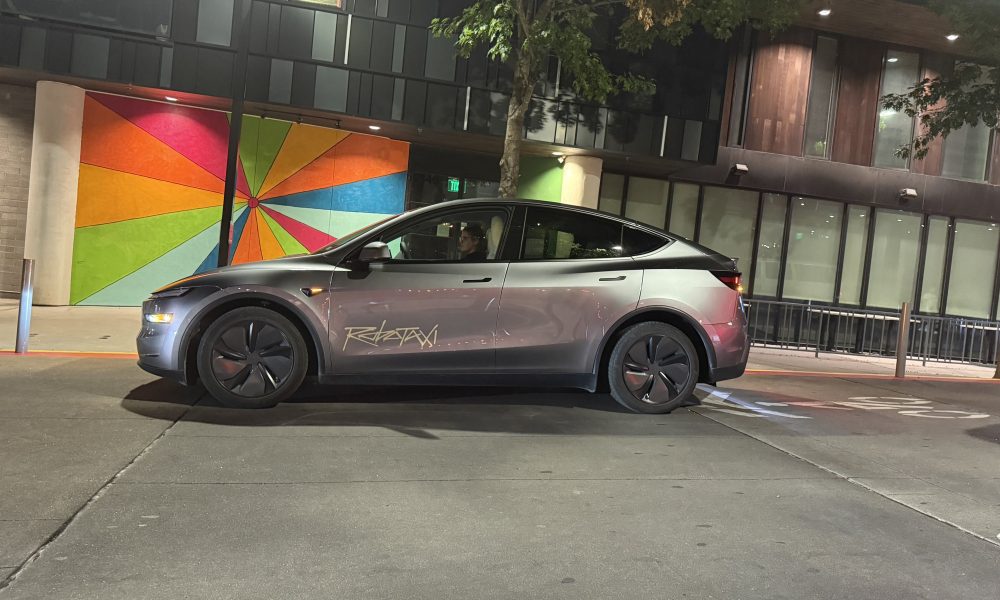Tesla has commenced testing its Robotaxi service in new locations outside the current operational area, indicating plans for a significant expansion of its geofence. The company, which launched the Robotaxi platform on June 22, 2025, has previously doubled its service area twice, growing from 42 square miles to approximately 80 square miles. Now, Tesla appears poised to extend its reach even further, potentially exceeding 150 square miles.
Over the weekend, a Tesla validation vehicle was spotted conducting tests in Bee Cave, Texas, situated about 25 minutes from the edge of the existing geofence. This new testing area is approximately 15 miles west of Austin, highlighting Tesla’s ambition to penetrate suburban markets. A local enthusiast shared a photo of the vehicle on social media, further fueling speculation about the company’s intentions.
Competition and Safety in Expansion Strategy
Tesla has been actively testing its vehicles in the western suburbs of Austin, which may serve as a preparatory step for broader geofence expansion. The competition with fellow autonomous vehicle company Waymo remains intense, with both firms accelerating their growth in the market. Recent expansions by Tesla have conveyed a strong message to both competitors and skeptics about its commitment to autonomous ride-hailing services.
While Tesla’s geofence expansion is notable, the company is also prioritizing safety as it scales up. CEO Elon Musk emphasized caution in a recent earnings call, stating, “We are being very cautious. We do not want to take any chances, so we are going to go cautiously. But the service areas and the number of vehicles in operation will increase at a hyper-exponential rate.” This statement reflects Tesla’s dual focus on rapid growth and ensuring the safety of its passengers.
In addition to expanding the geofence, Tesla is increasing its vehicle fleet in both the Austin area and the Bay Area, where it launched its ride-hailing service in July. Reports indicate that the autonomous vehicle fleet in the Bay Area alone is set to grow to over 100 units, further enhancing Tesla’s capabilities in the ride-hailing market.
As Tesla continues to push forward with its ambitious plans, the developments in Bee Cave mark a critical step in the company’s long-term vision for autonomous transportation. The advancements signal a robust strategy to not only compete with established players like Waymo but also to redefine the landscape of ride-hailing services in the coming years.
